Gaming, with and without multi-GPU
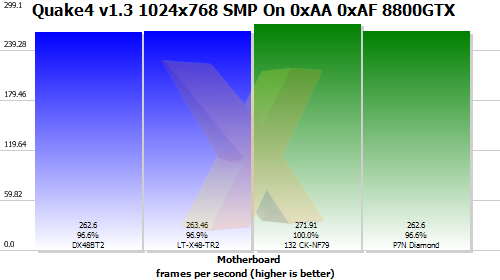
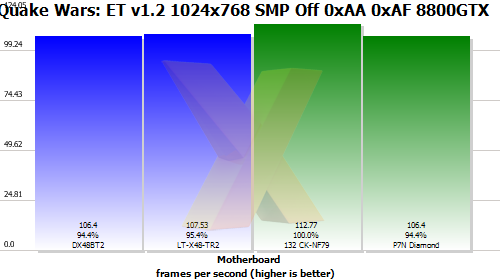
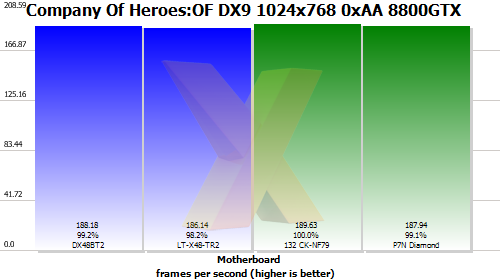
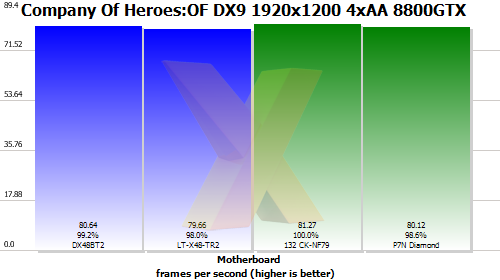
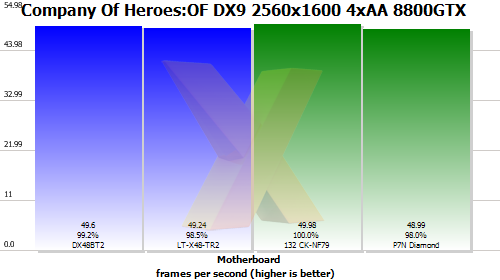
In the majority of our single-GPU tests the differences in the results
are negligible.
The EVGA 132 CK-NF79 benefits a little from the
increased bandwidth afforded by DDR3 (and the tighter timings compared
to the Intel board), but, generally, for gaming you're going to have
the
same perceivable performance whether you choose an Intel or NVIDIA
chipset, be it based on DDR2 or DDR3.
For our multi-GPU testing we ran Company Of Heroes at both 1,920x1,200
and 2,560x1,600 resolutions with one, two and three cards installed.
For the
Intel chipsets we tested using Radeon HD 3870s in CrossFireX, and for
the
NVIDIA chipsets we used GeForce 9800 GTXs in SLI. As such, the levels
of scaling
can only be directly compared between the boards running the same GPU
setup.
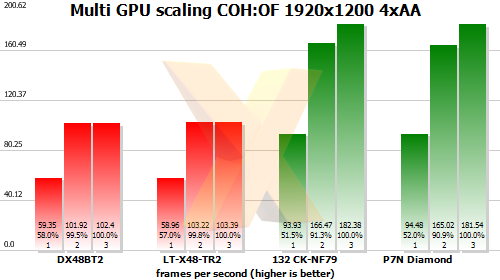
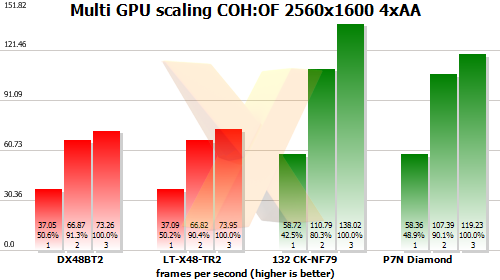
Multi-GPU scaling is a mixed bag. Going from one to two cards sees good gains across the board, but adding a third adds very little.
Both the Intel and DFI boards produce identical results, with three-way CrossFireX setups potentially bottlenecked on the two X48 boards by the third PCIe connection being limited to a x4 PCIe electrical connection.
Both NVIDIA setups scale somewhat better with a third card, with the 790i's three x16 PCIe 2.0 lanes seeing a small boost over the 780i's 2x16 PCIe 2.0 and 1x16 PCIe lanes. Dual-card scaling is similar across the EVGA and MSI motherboards.









